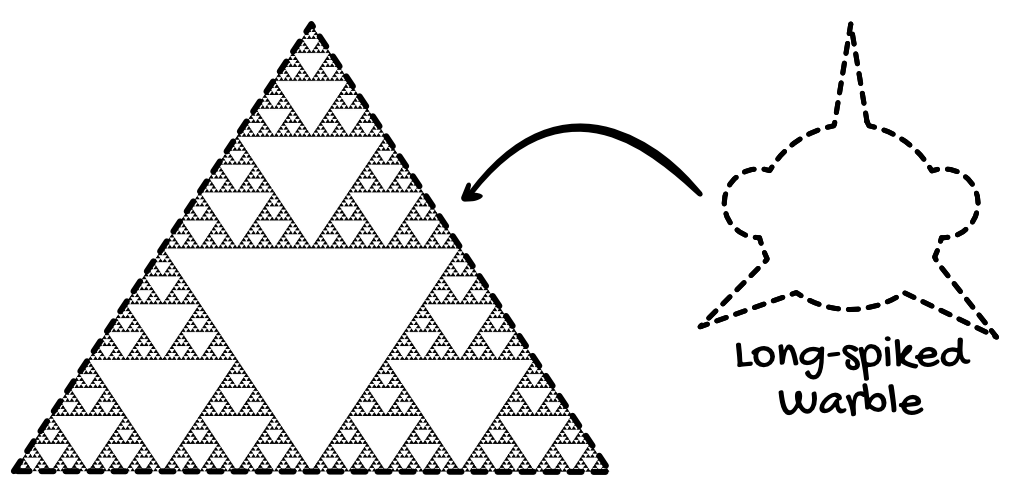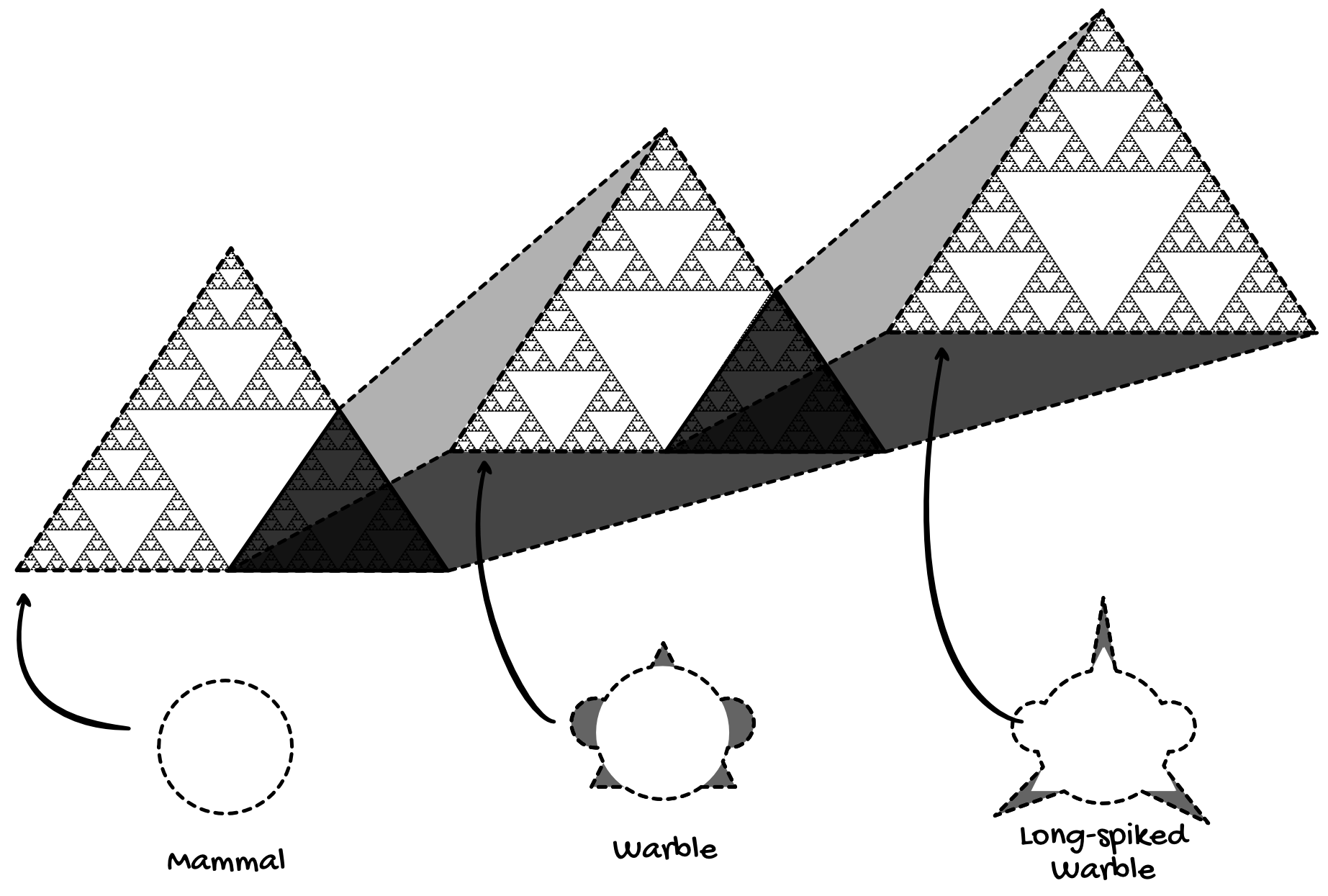"Wait," Zac paused again. "You told me Einstein was wrong. Now you're telling me Darwin was wrong, too?"
"He's not wrong," I said. "But, like Einstein, he's not entirely right, either. Evolution is just the inevitable result of surprise minimization."
"How?"
"Do you know why Darwin's theory of evolution is the best theory biologists have for how complex life came about?"
"Because there's overwhelming evidence to support it," Zac said.
"Yes. And because his theory makes accurate predictions."
"But Einstein's theory of relativity made accurate predictions," Zac said, "and he was still wrong."
"But why was Einstein wrong?" I asked.
"Because the postulates supporting his theory are untrue when you reason from first principles."
"Exactly. It's the same with Darwin. Here's a snippet from a New Scientist article entitled 'Evolution Myths: Evolution Is Random.' It succinctly explains what evolution is…"
Evolution by natural selection is a two-step process, and only the first step is random: mutations are chance events, but their survival is often anything but. Natural selection favours mutations that provide some advantage, and the physical world imposes very strict limits on what works and what doesn’t. The result is that organisms evolve in particular directions.
Consider any kind of creature that lives underwater and has to chase its prey, for instance. Random mutations will result in some offspring having a variety of shapes. Those with shapes that allow them to move faster with less energy are much more likely to survive and reproduce than those whose shapes slow them down.
The result is that all fast-swimming creatures evolve a streamlined shape, as we see in animals as diverse as squid, sharks and dolphins. It might look like the result of design, but it shows instead the power of natural selection, which can be thought of as a rigorous real-world testing process for evaluating the effect of different mutations.
New Scientist
"But true randomness doesn't exist," Zac said. "So the mutations might look random, but they aren't random. That means Darwin was describing an emergent pattern in the explicate order, wasn't he?"
"Yes," I grinned. "Just like Einstein was describing an emergent pattern in the explicate order. However, Darwin and Einstein's theories make accurate predictions, which is why they take precedence over other theories. As of yet, we haven't found a theory with better predictive power.
Let me explain why predictions are so important here. Darwin made one of his most famous predictions around the 1860s when he received a box of African orchids. The orchids had incredibly long nectaries. Armed with only this information and an understanding of his theory of evolution, Darwin made a precise prediction: in Madagascar, there must be moths with tongues capable of extending between ten and eleven inches. He postulated the existence of an unknown species, and it wasn't until over a century later that scientists found a moth matching his description. The moth used its long tongue to pollinate that specific species of African orchid.
This is actually an incredible feat. When a theory makes a prediction, and then empirical evidence confirms that prediction, it begins to supersede less predictive theories. Evolution is a much more precise explanation for complex, intelligent life than, say, 'God did it.'
"But technically, God did do it," Zac said.
"Yes. But if I were to punch you in the face right now, you'd say that I did it, right?"
"Yeah."
"But actually, God did it. So just saying 'God did it' without specifying how God did it, is not helpful. God did everything, and if that's the case, we may as well stop asking questions because the answer is always 'God did it.' Do you see what I mean?"
"Yeah. So, if Darwin's theory of evolution supersedes the theory that 'God did it,' how does your surprise-minimizing algorithm supersede Darwin's theory of evolution?"
"I'm thrilled you asked," I grinned. "Let's start here. We've already established that Who You Are is just a mathematical model of Who You Believe Yourself To Be, correct?"
"Yeah."
"So, if you believe you have blue eyes, you'll get a physical experience of that belief. Of course, this isn't a conscious thing at all. You assume that you believe you have blue eyes because you physically do have blue eyes. We know by now that it's the other way around — you have blue eyes because you believe you have blue eyes, and reality is giving you a physical experience of your own self-concept. If reality manifested brown eyes in the mirror, that would create unnecessary surprise in the system — which is why you see blue eyes in the mirror."
"Okay…"
"Now, if I wanted to instantiate a new Zachary Borrowdale object into physical reality, I could just clone your mathematical model of reality. The new Zachary Borrowdale would believe he is sitting here, on a pier, talking to me — because he is literally just a mathematical clone of your beliefs. Do you see where I'm going with this?"
"Not really."
"Your mathematical model of reality is a blueprint. Therefore, every Markov-blanketed 'thing' in the universe is a blueprint."
"I'm not sure I'm following…"
"Okay. Let's go back to our warble — specifically, our long-spiked warble. Right here, in physical reality, our long-spiked warble is just a mathematical model of Whoever It Believes Itself To Be. Its neural network believes itself to be a long-spiked warble."

Long-Spiked Warble blueprint is just a neural network. The traits of blueprint are dynamically structured as beliefs."But obviously," I continued, "the long-spiked warble inherited its beliefs from somewhere. It didn't consciously decide to grow long spikes, so where did its belief regarding long spikes come from?"
"Oh, I see," Zac said. "It inherited its beliefs from other Markov-blanketed systems connected to its Markov blanket."
"Exactly. A long-spiked warble is an amalgamation of beliefs. Some beliefs are specific to that particular warble — for example, 'I am currently sitting on a pier.' Other beliefs are shared by all warbles, such as 'I have spikes,' and 'I am a mammal.'"

Long-Spiked Warble inherits traits from other blueprints. Blueprints are just Markov-blanketed 'things' in the neural network."But this would create a pretty interesting effect," I said. "These blueprints are neural networks, which means they are dynamic. The warble blueprint would consist of the shared beliefs of all warbles. As more and more individual warbles practice a belief, that belief will become stronger in the Warble blueprint. In this way, these inherited beliefs are more like habits or neuroses. Theoretically, then, those habits should transcend physical space and time."
"What does that even mean?" Zac asked.

